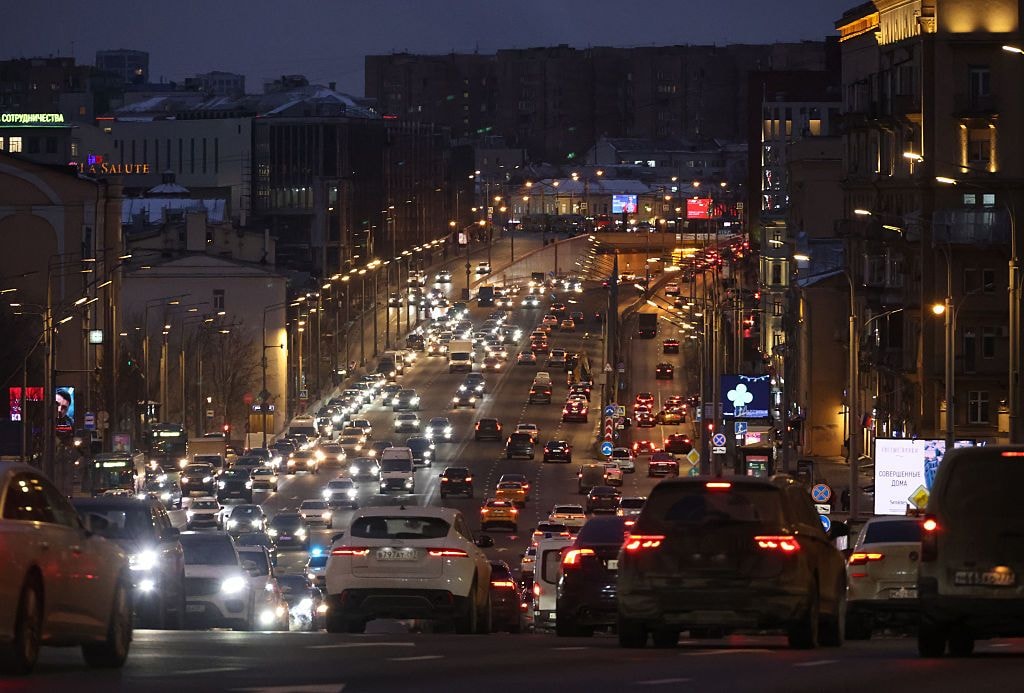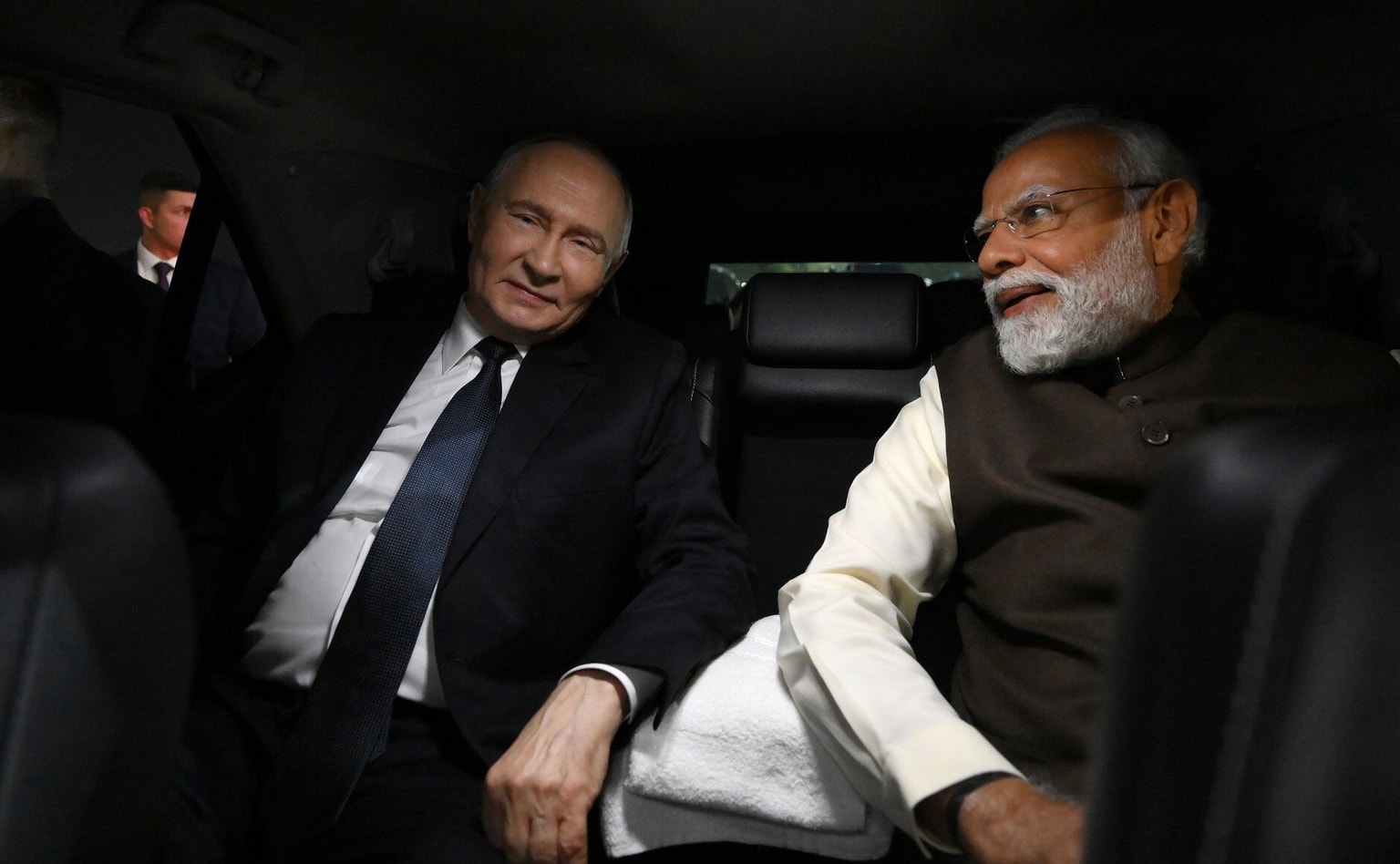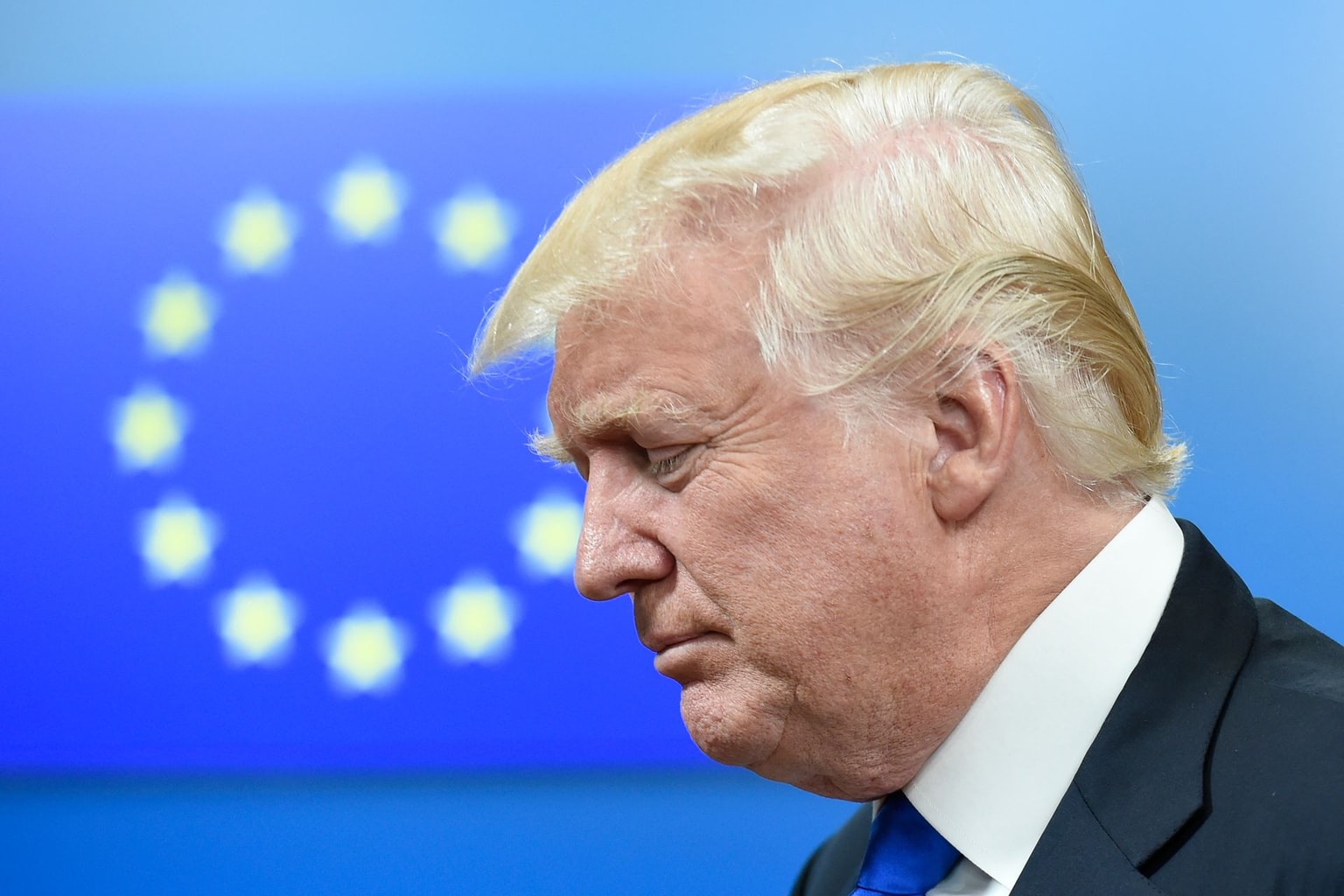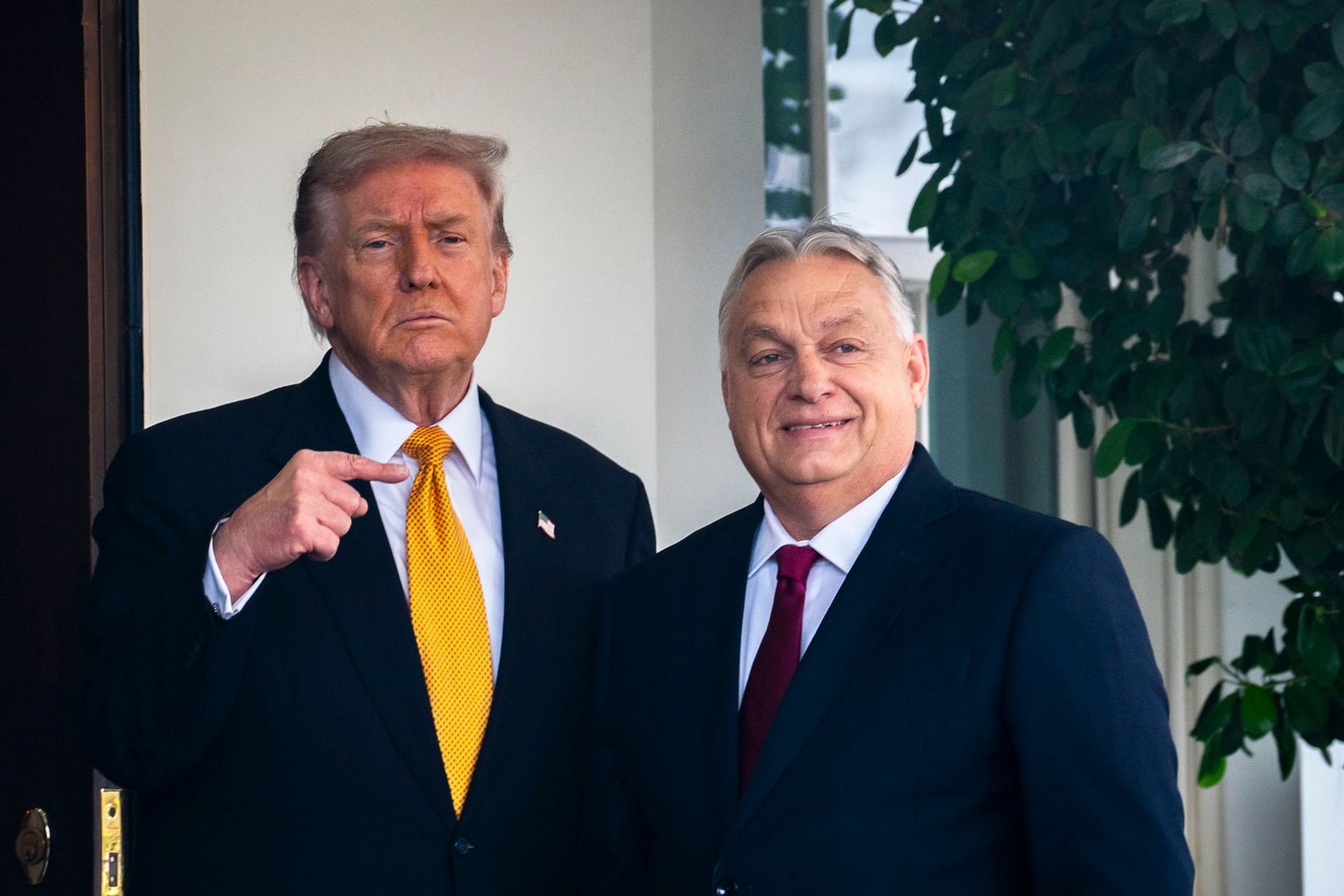Head of IAEA plans to visit Russian-occupied Zaporizhzhia nuclear plant next week
International Atomic Energy Agency (IAEA) Director-General Rafael Grossi will conduct a second visit to the Russian-occupied Zaporizhzhia Nuclear Power Plant in southeastern Ukraine next week, the UN watchdog's press service said on March 25.
Grossi said that the nuclear safety situation at the plant, occupied by Russian troops since early March, was "still precarious," and he was due to conduct a check-up to observe the developments since his first visit in September last year. Talking to the IAEA staff on-site undergoing "unprecedented and very difficult circumstances" is also part of the mission, he added.
"The nuclear safety and security dangers are all too obvious, as is the necessity to act now to prevent an accident with potential radiological consequences to the health and the environment for people in Ukraine and beyond," he said in the press release.
"I remain determined to continue doing everything in my power to help reduce the risk of a nuclear accident during the tragic war in Ukraine."
Grossi's anticipated visit comes half a year after the UN-led mission first arrived at the Moscow-held plant in the town of Enerhodar in Zaporizhzhia Oblast to observe the situation.
Ukraine, the UN, and Western countries have been calling for a safety buffer zone around the Zaporizizhia plant to avoid a nuclear accident as Ukraine continued to report Russian shelling on its territory.
The Ukrainian authorities have reported that the local staff is held at gunpoint, and Russian troops were using it as a military base, storing weapons and equipment there.
After the first inspection of the IAEA, Grossi in September called on Russian military personnel to leave the Zaporizhzhia plant's territory, saying that its “physical integrity” had been "violated several times." He confirmed that Russian military equipment, including army vehicles, was placed on the premises of the plant.
Grossi said that part of his planned trip to the occupied plant is to improve the rotation of the IAEA staff after a nearly month-long delay in the previous rotation.
The six-reactor nuclear plant is the biggest in Europe.










